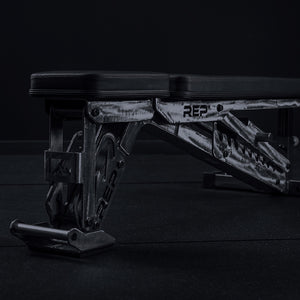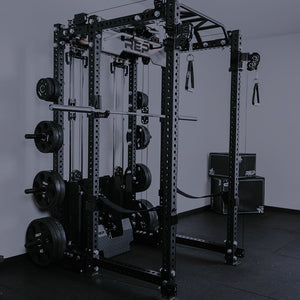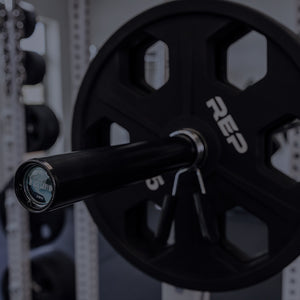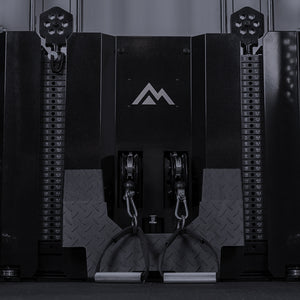
Sleds aren’t just for dogs in Alaska. The sled in your gym, also called a prowler, is one of the most underrated and effective ways to tackle your fitness goals pain-free, no matter what you’re trying to achieve.
You can push it. You can pull it. You can load it up or run it empty. (Does this sound like a bad Nicki Minaj song?) There are several different types of sleds: a push sled (with vertical posts to push against) and a pull sled (usually attached to a rope, harness, or belt for you to pull while facing either backward or forward).
19 Sled Workout Benefits

Whether you use it to finish your leg day or incorporate it into a circuit, a sled is a great way to add variety and difficulty to your training. There are a ton of benefits to a sled workout. Here’s what a sled can do for you.
1. IMPROVE SPEED
You don’t have to load weight onto the sled to get a great workout. Push it unloaded (or with a light load) faster.
However, research has found that sleds with heavy loads may yield the greatest improvements in short-distance sprints.
2. BUILD STRENGTH
Load ‘er up with heavy weight and tax those muscles. Slow and steady.
3. TRAIN ENDURANCE
Reduce weight and speed and just push or pull the sled at a slow or medium pace for a long distance, if you’re looking to blast your endurance.
4. PROVIDE A FULL-BODY WORKOUT

When you do it right, sleds challenge both your upper and lower body. We’re talking legs (including calves), abs/core, chest, tris, shoulders, glutes, and even hip flexors.
5. BURN CALORIES
Run the sled up and down the turf a few times at the end of your workout to torch extra calories, if you are concerned about your caloric intake.
6. ADAPT TO ALL FITNESS LEVELS
Whether you’re new or experienced, training for a sport or recovering from an injury, a sled can be adapted for just about anyone. It’s easy to adjust the difficulty: Just add or reduce weight, speed, and time worked. And because you’re never under load, when you hit failure, you just stop pushing or pulling. You don’t have to worry about how to safely get out from underneath the weight.
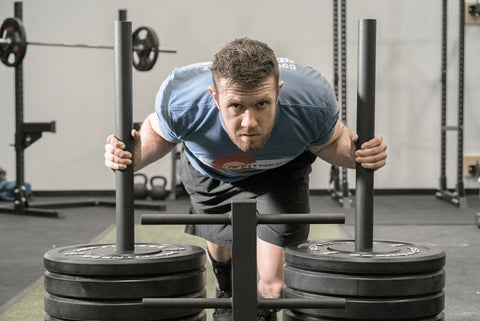
You can also add difficulty by adjusting your arm positions. Start with your arms near your body with your elbows bent. As you improve, straighten your arms. This hits your shoulders, upper body, and core more.
7. LOSE FAT
If fat loss is your goal, sleds are great for interval (anaerobic) training – an effective component of helping decrease fat.
8. TRAIN UNILATERALLY

Sleds also help train your unilateral lower body strength (or one leg at a time).
Unilateral training creates muscular balance and helps prevent overuse/overtraining with your stronger side. Fixing strength imbalances can help you reduce opportunities for injury.
9. RECOVER QUICKLY
One of the biggest bonuses of sled work is its mostly concentric, with minimal eccentric action (the lowering part of a lift). The eccentric part of exercise creates the most soreness and fatigue. Take that away, and you’re less likely to get super sore from sleds. This is great if you don’t want sore muscles to impact your athletic performance or training throughout the rest of the week.
10. TRAIN YOUR UPPER BODY
Hook ropes to your sled and use it in lieu of some cable exercises, like face pulls or presses. Sit on the ground and row the sled to you. Do a hand-over-hand rope pull to work the upper back, bis, core, forearms, and grip. Unlike many barbell exercises for upper body, the sled work is in front of your body, not loaded from overhead. So you don’t have the same kind of spinal compression. The sled doesn’t weigh you down.

11. TRAIN LATERAL SPEED
You don’t have to just run forward and backward. You can also pull the sled sideways to target the adductors and improve your lateral speed.
12. BOOST STARTING SPEED
Because the sled provides instant resistance (as soon as you start to move), it’s great for training your starting speed.
13. IMPROVE KNEE HEALTH
ATG Personal Training and other programs use backward sled drags to strengthen knees and improve knee health. Backward drags target the vastus medialis oblique muscle of the knee, which helps stabilize the joint.
14. REHAB AFTER AN INJURY
Sleds are low-impact, making them a low-risk way to return to activity after an injury. This includes lower back pain. Sleds have no spinal compression, so they aren’t hard on the lumbar spine. Sleds also work your feet and ankles.
15. TRAIN INDOORS OR OUTDOORS

Sleds are fun in the grass at the park, as well as on the turf (or carpet) at your gym. You can use them year-round in different locations to keep your workouts entertaining.
16. HIT YOUR CORE
Pushing a sled in a straight line demands stability in your midsection. This is a core exercise that’s functional – not just lying on the floor.
17. TRAIN FUNCTIONALLY
Sled exercises can be easily translated into other day-to-day activities, like moving a couch, pushing a heavy shopping cart, or pushing a stroller through the grass.
18. TRAIN YOUR BRAIN
Boost confidence and challenge your mental tenacity with a sled. It’s easy to do – yet it’s hard as heck. Ah, mind games.
19. IMPROVE CARDIOVASCULAR FITNESS
Sled pushes and pulls are intense, full-body exercises that elevate heart rate -- and all with low impact on the joints compared with many other cardio exercises.
HOW TO USE A SLED

Now that you're armed with why you should do it, here's a break down of how to do a sled push properly:
How to Sled Push:
-
Warm up. Just like any exercise. Do mobility exercises and start slowly and with light weight (or no weight).
-
Make sure you wear grippy, supportive shoes.
-
If you’re new, start more upright. Grip the vertical bars higher so your body is at a 45-degree angle. As you improve, you can lower your hand positioning to create more of a 90-degree angle for your body.
-
Before you push, engage your core.
-
Use a natural running stance.
-
Be aware of your spine. Keep it neutral. No rounded cat backs.
-
Extend your arms long if you want to go fast. If you’re pushing heavy weight, you might have better luck with your arms bent/elbows locked into your sides.
Takeaway
Sled training can improve speed, build endurance, increase strength, burn calories — the list goes on and on. Whether you're an athlete looking to supplement training for your sport, or are a weekend warrior interested in spicing up your workout routine, adding sled training is a must.
Find some turf or grass, load up a sled, and get to it.

NEWSLETTER SIGNUP
Product launch information, promotions, blogs, and REP news.

